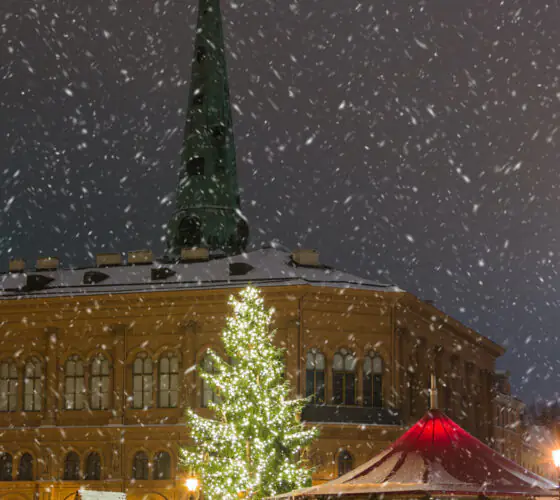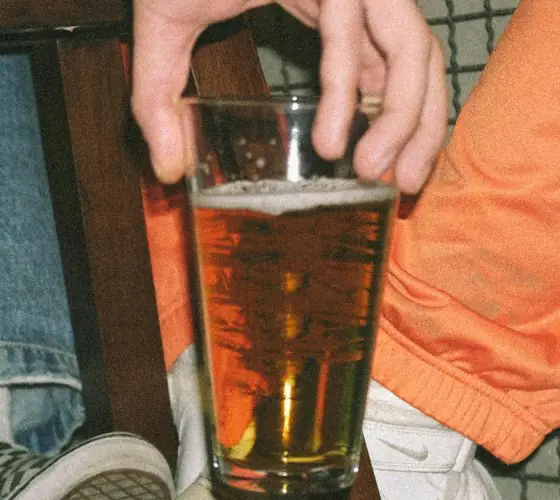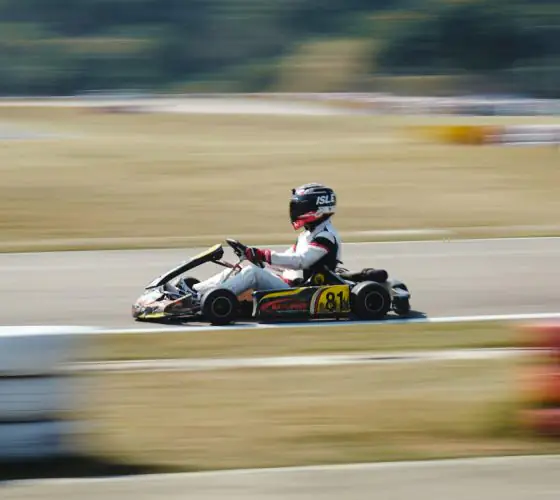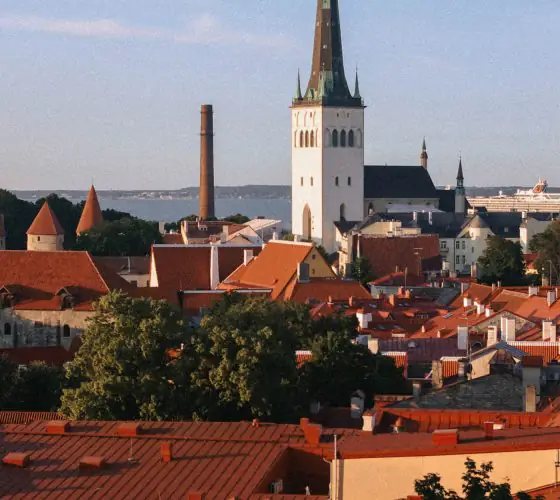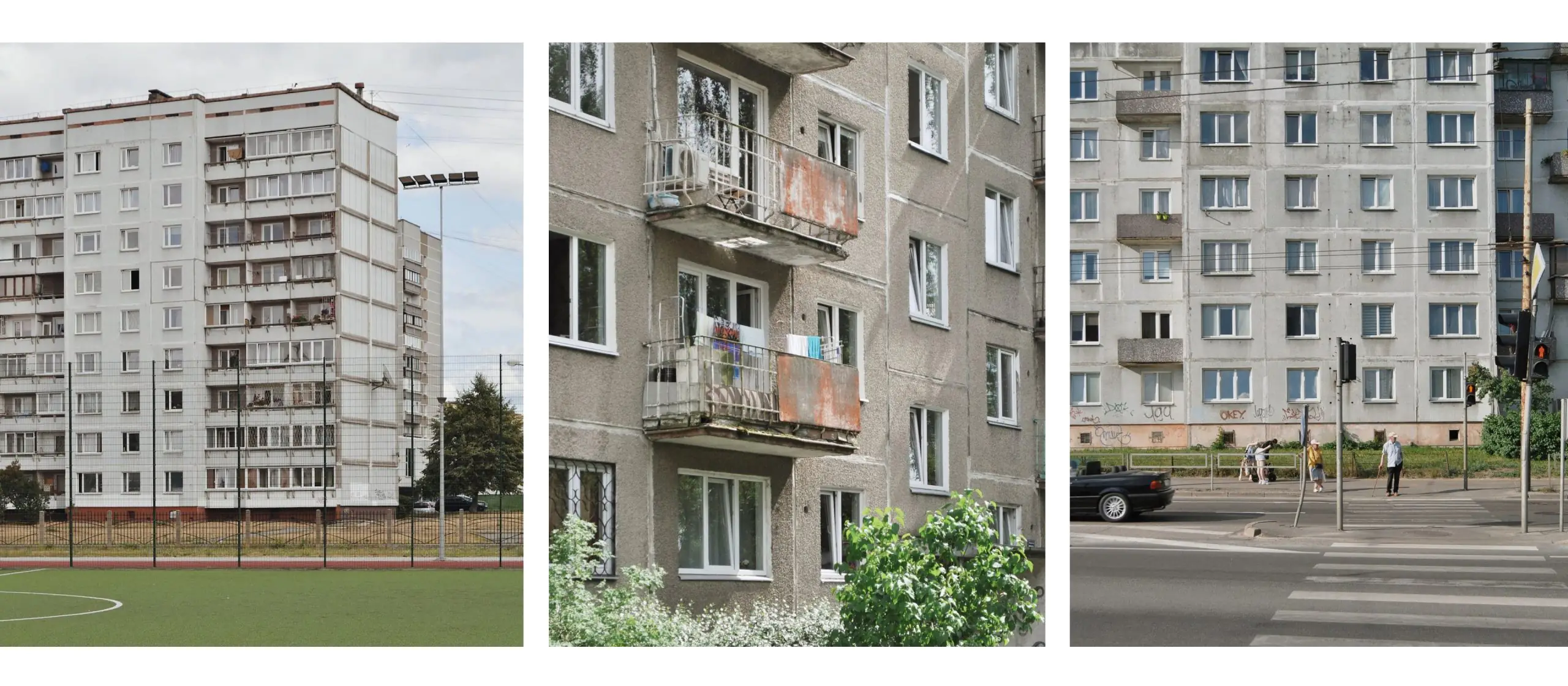
Why love the architecture of these neighborhoods
At first glance, it may seem that all neighborhoods dominated by the construction of houses of standard series, look the same. Hundreds of concrete “boxes”, grayness, monotony—the costs of mass construction in the 1960–1980s. At the same time, about 70% of Riga’s residents still live in such houses and almost daily come into contact with the architectural heritage of that time.
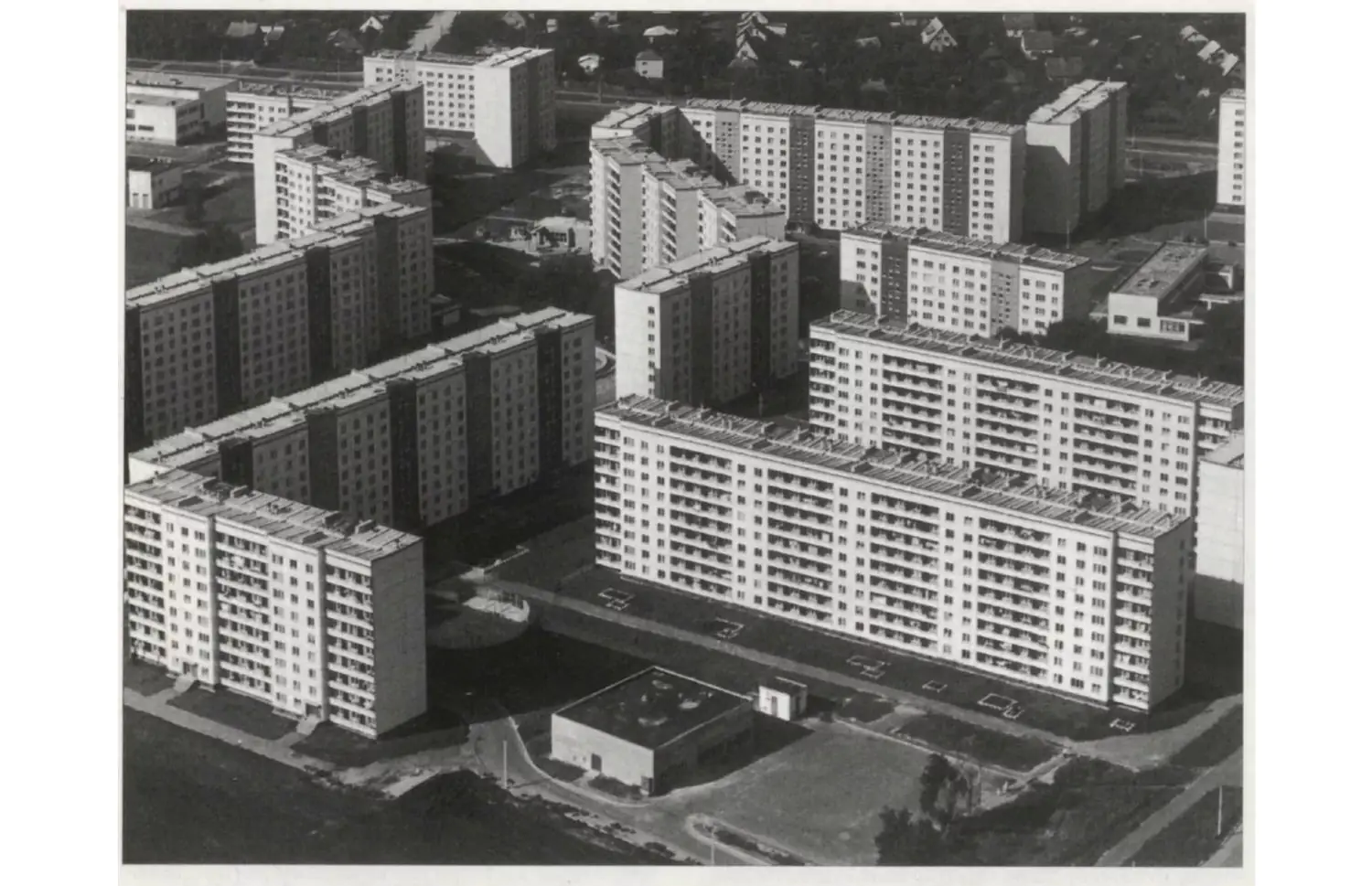
pastvu.com
The residents of the city have different attitudes towards Soviet buildings based on standard designs, but in general they like them less than houses of the beginning of the 20th century, for example. It is difficult to live in an environment that is not the most aesthetically pleasing for a long time, but it is also very difficult to carry out a large-scale renovation of neighborhoods: due to significant material costs, this process takes decades. Against this background, there is a growing interest in the heritage of the past: its study, acceptance and understanding. More and more people are interested in apartment buildings of standard series rather than rejecting them.
In any neighborhood built during the Soviet occupation, one can find not only houses of standard series, but also unique projects: department stores, houses of everyday life, culture, schools, kindergartens and so on. These buildings stand out from the general background, therefore they attract attention and, as a rule, are more valuable. But it turns out that it is more difficult to preserve them than an ordinary multi-storey building. A shopping center may have one or several owners, which is not comparable to the number of apartment owners in any standard five-story building. And it is easier to make a decision on demolition or renovation of a building if there are fewer interested parties. So it turns out that non-standard buildings disappear (for example, as in the case of the “Gauja” shopping center in Prūšu Street 1, which was replaced by a “Lidl” hypermarket in early 2023), while the standard ones stay with us for a long time.
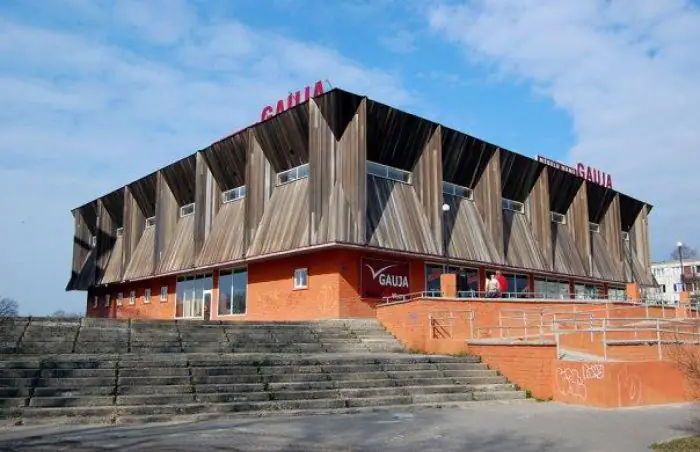
zinas.tv3.lv
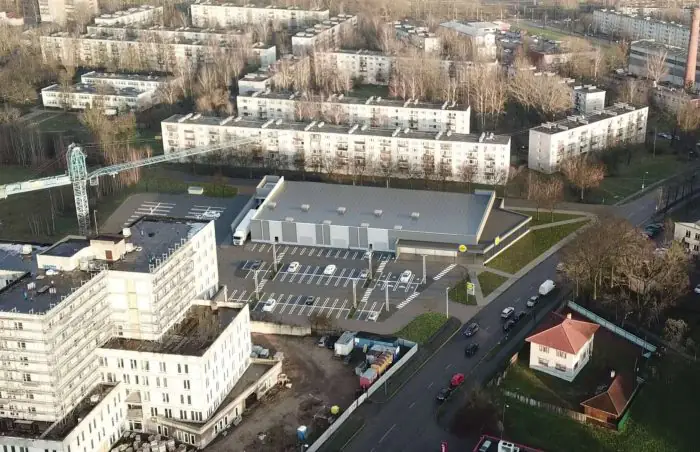
zinas.tv3.lv
Purvciems
This is one of the most populated districts of Riga (about 59000 people live here). Purvciems is predominantly built up with houses of typical series, arranged in such a way that they form peculiar geometric patterns: honeycombs, tridents and arcs. The general plan of the district was developed in 1964, and since then there has been active construction here.
Previously, there was the Hausmaņa bog (Hausmaņa purvs), from which the neighborhood takes its name. Most of the buildings were erected between the mid-1960s and the end of the 1980s: first 5–9-storey houses, and then taller ones. In the western part of Purvciems you can find buildings built in the 1920s and 1930s, but we believe that the greatest architectural significance here is in the Soviet and modern projects.
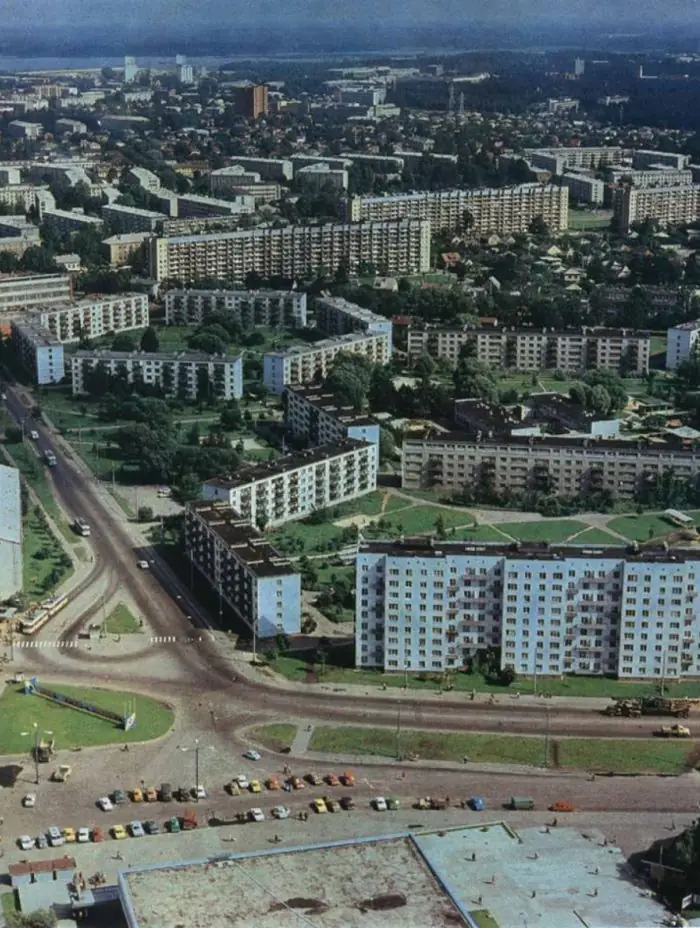
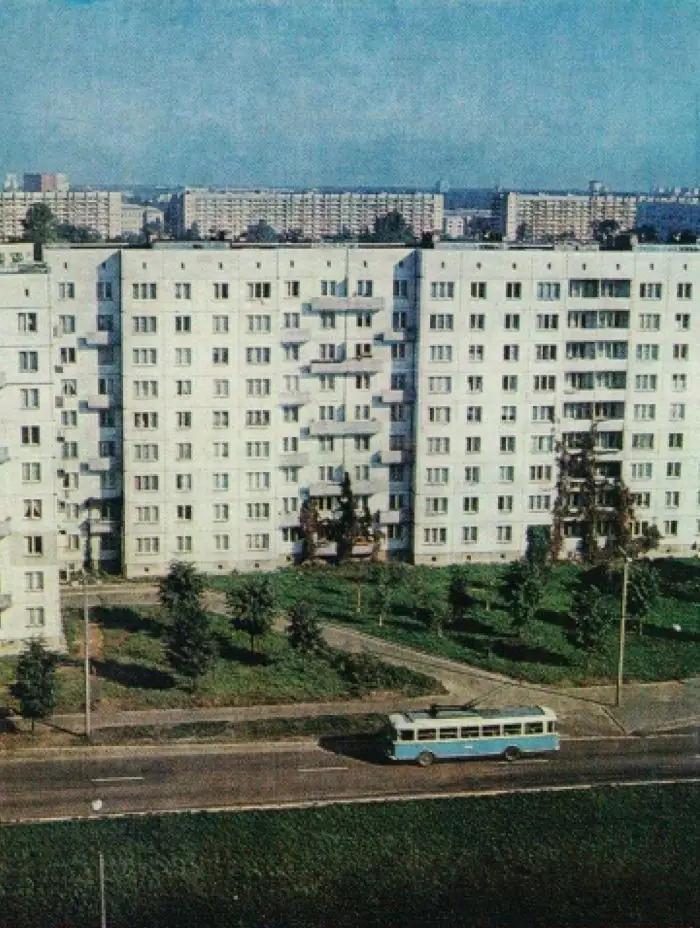
Buildings of the Soviet period
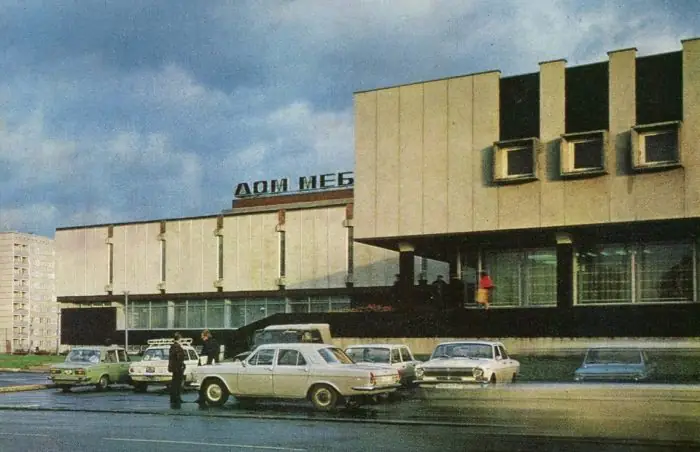
One of the architectural dominants of the neighborhood is the “House of Furniture” (“Mēbeļu Nams”), built in 1976–1980. It is a classic example of geometrically restrained Soviet modernism with ascetic decorative elements. In the center of the composition, at the corner of the central streets, there is a stele with the store’s logo and a clock—an architectural variation on the theme of the famous European clock towers. By the way, a similar structure, only taller, stands near the central railway station.
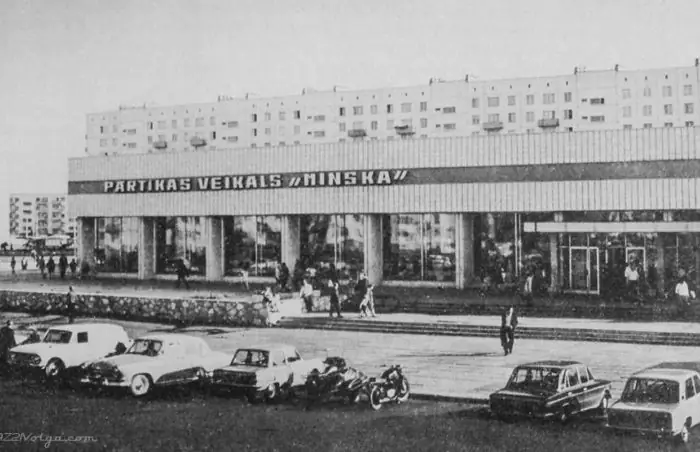
Among other significant buildings of Purvciems is the “Minska” shopping center, opened in 1975. At that time, it looked different: there were only two rectangular volumes aligned with each other at a 90° angle. For the mid-1970s it was an advanced project: a large self-service store. In the 1980s, additional enclosures with expressive elements in the form of circular openings were added on the east side. Such brutal decor is often found in Riga’s late Soviet buildings.
In 2024 the capital authorities decided to rename the shopping center “Minska” in connection with the current geopolitical situation. But so far no new name has been invented.
Not far from the “Minska” shopping center stands an ambulance station built in the 1980s. It is a so-called building-sign—its architecture includes an element that tells about its function. In this case, it is a niche in the form of an equilateral cross—an international medical symbol. The facades of the building have been reconstructed several times, but, in general, have retained their original appearance.
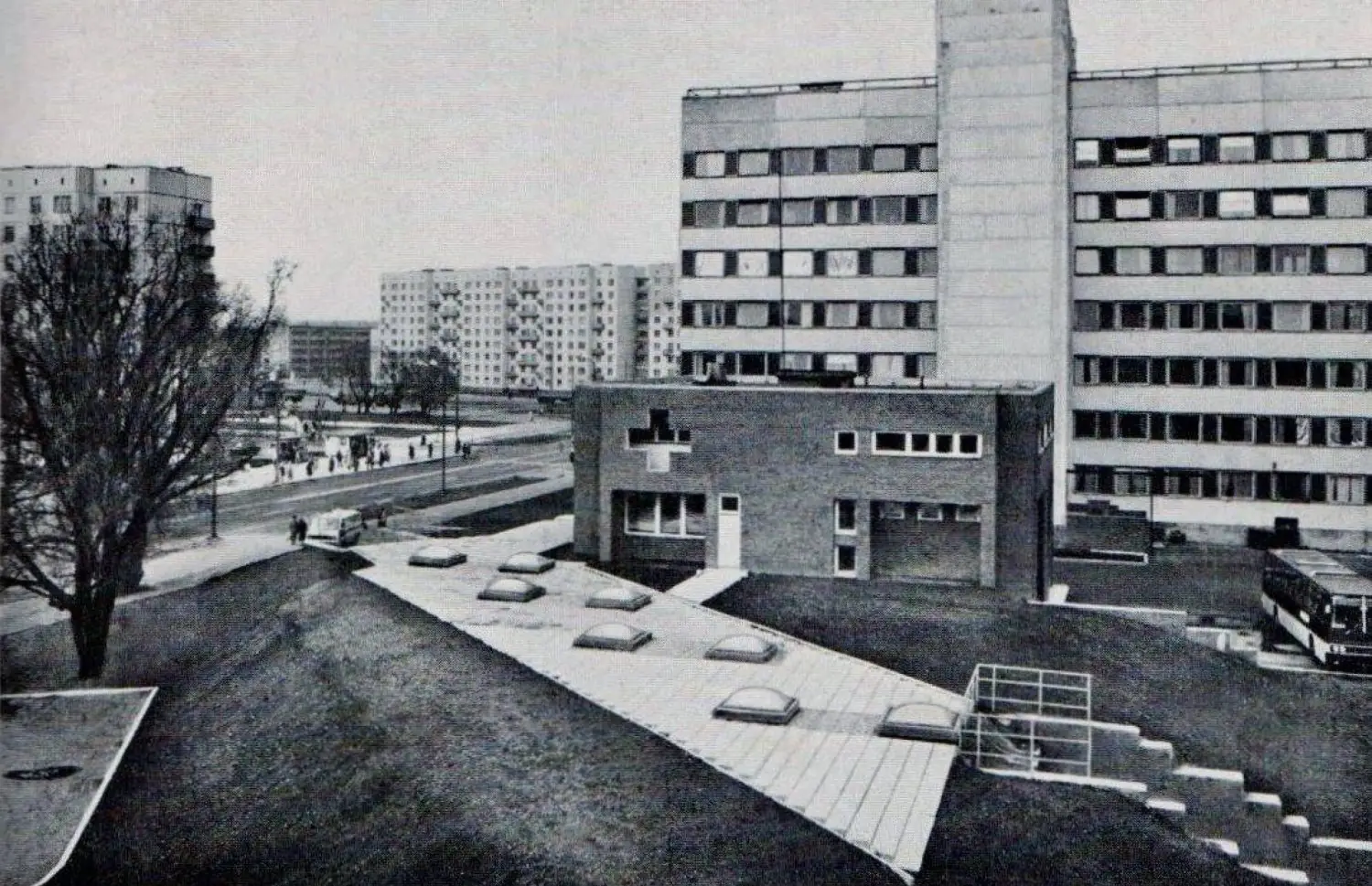
The architecture of various schools and kindergartens deserves special interest. Their buildings are diverse and were built according to individually designed projects. This is not often seen in Soviet neighborhoods with standard houses—as a rule, dozens of identical public buildings were built there. One such example is the educational institution at 41a Augusta Deglava Street, built in 1985 according to the project of Liesma Galbiķe.
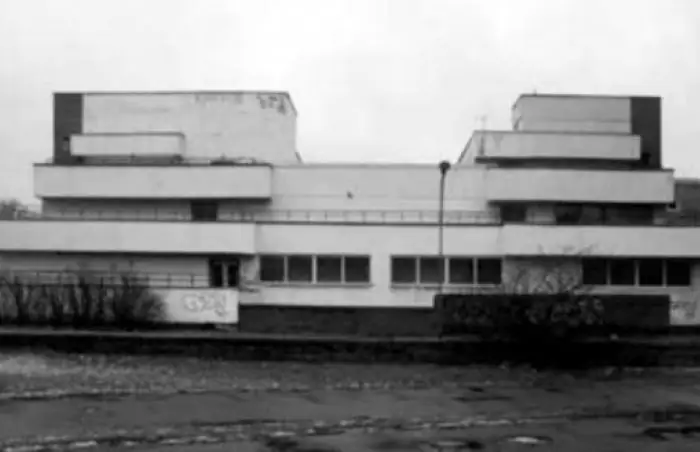
In the 1980s, the construction of high-rise buildings—Latvian skyscrapers—developed in Riga. The tallest and most interesting in shape were 21 and 19-storey buildings built in 1983–1986 using monolithic reinforced concrete construction technologies. The authors of the project were Lidija Plakane and Olita Upaciere. There are four such houses: two are located on the western outskirts of Purvciems, one on the eastern outskirts, and we will tell you about the fourth one further on. They are called the “French project” because the formwork for pouring the concrete was ordered from France.
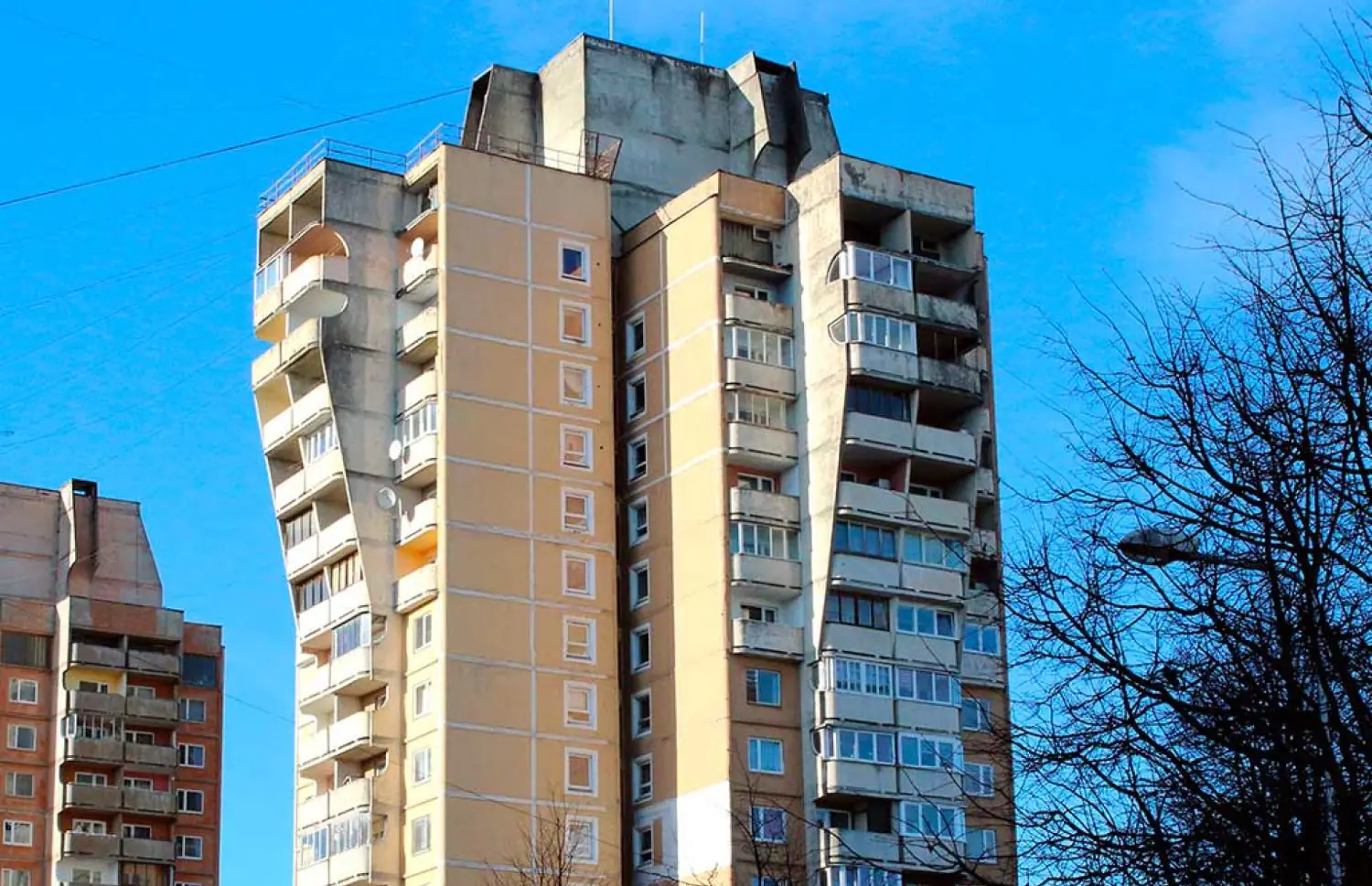
Modern architecture
Earlier you learned that there are four houses in Riga built according to the so-called “French project”. One of them is very different from the rest—it stands at Dzelzavas Street 68. The 16-storey residential tower was started to be built in the late 1980s, but was completed only by 2004. During the long construction process, the Soviet project was adapted to modern conditions. The architect Igors Kiseļevs was in charge of this work. He also turned the unfinished library next to it into the “Edgars” shopping center.
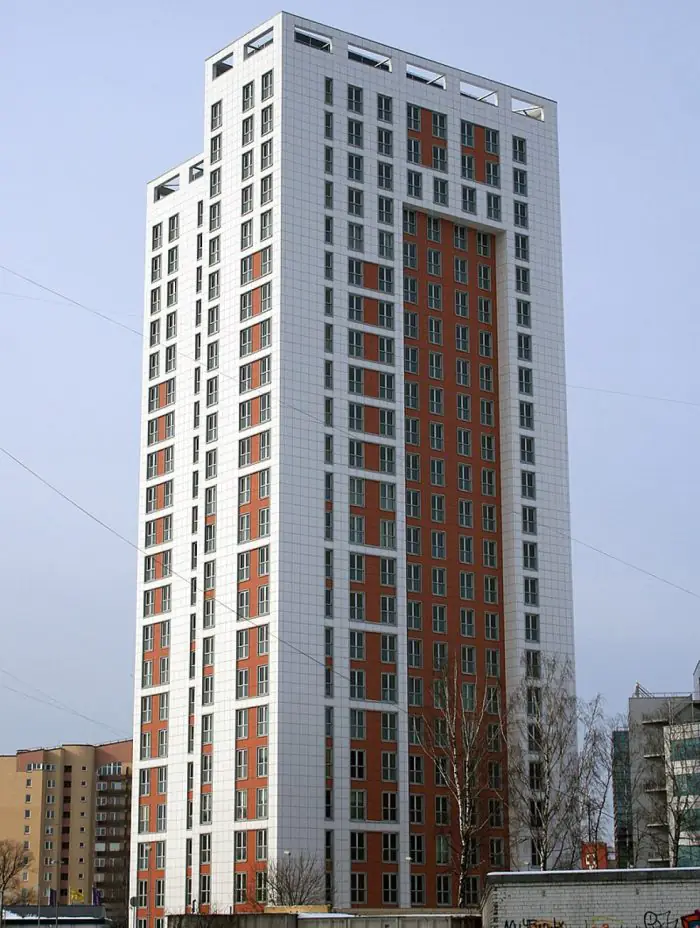
During the years of independent Latvia the construction of high-rise buildings continued. Already in 2007 a new dominant building appeared in Purvciems — the 24-storey residential building “Astra Lux”. Its style is a return to the utilitarianism and visual restraint of Soviet-period modernism. This is an early example of neo-modernism or metamodernism, a popular architectural trend today. There is no trace of the “playfulness” of postmodernism of the 1990s and early 2000s.
Another important part of the Soviet legacy is the large yards between typical houses. On the one hand, they are often a source of problems because they are too expensive to maintain. On the other hand, there is significant development potential in undeveloped spaces within an infrastructurally developed neighborhood.
In the 2000s, large unimproved lawns inside the courtyards of Purvciems were actively developed with new houses. The most interesting example is the 2007–2010 “Primavera” apartment building on Ūnijas Street 82. The architects created a “hanging garden” located on a concrete platform, under which they placed a parking lot.
But still, the main modern sights of Purvciems are not houses or shopping centers, but churches. After Latvia’s secession from the USSR, a religious renaissance took place in the country. For many years, the Soviet authorities had pursued a policy of atheism, and almost no new churches were built in the country. In independent Latvia, many original designs for churches of various denominations appeared. In the first post-Soviet years, the Old Believers, one of the most conservative religious groups in the country, even dared to make architectural experiments. Earlier we wrote about the Old Believer church in Preiļi, built in 1991–1996.
The broken structure of the facades of the Catholic Church of the Holy Trinity, built in 2000–2006 on Augusta Deglava Street 63A. Its deconstructivist form contrasts with the austere and rather monotonous modernist houses. In this decision one can feel not only the continuity of tradition (the church has been an object of visual attraction since ancient times and stood out against the background of the surrounding buildings), but also an attempt to immortalize in architecture the revenge over the Soviet anti-religious campaign.
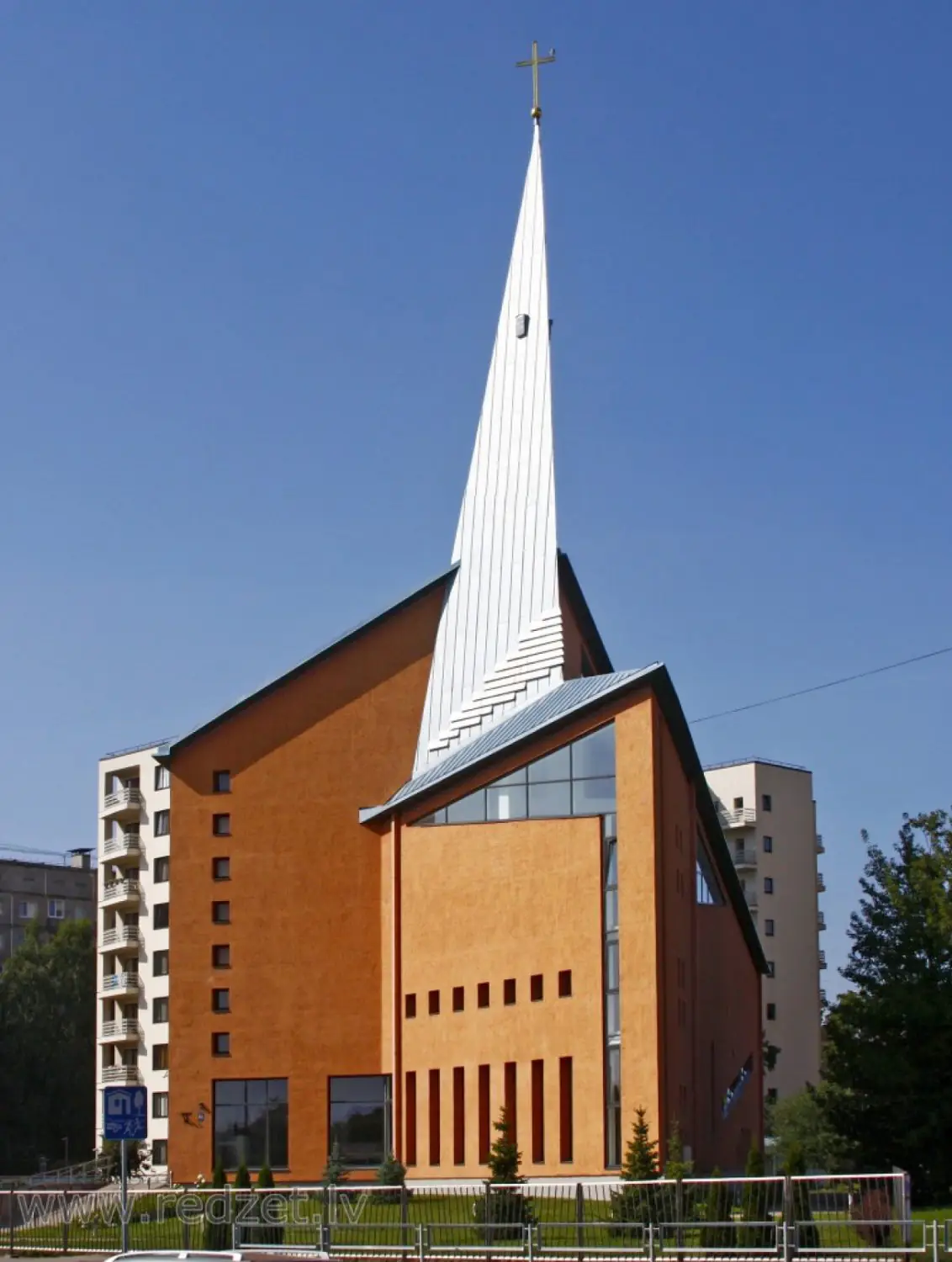
The Catholic Church of the Holy Trinity adorns the southern border of Purvciems. There is another architecturally interesting church in the north of the district. It has been standing in the shade of the trees on Gunāra Astras iela 2 since 2003. It is easy to spot by its bright red roof, which because of its unusual streamlined shape looks a bit like a mushroom.
We wrote more about Latvian postmodernism in the article “Nine circles of Riga architecture: Capitalist Romanticism”.
Where to eat and be entertained
Taking a break from a long walk and having a little fun is more pleasant in a building with playful architecture that matches the mood. The “Mēness” bowling center, designed by Uldis Balodis and Ivo Šteimanis and built in 2000–2001, is well suited for this. Its stylistics traces elements of deconstructivism, a popular style of the 1990s and early 2000s, in which dynamic and sometimes chaotic forms are juxtaposed with bright colors. This artistic solution fits in well with the dashing spirit of the time.
The eclectic atmosphere of Purvciems can be well felt in the restaurant “Aleksandrs”. It is located in a postmodernist building with stylistic references to the architecture of Old Riga houses or Latvian estates of the 19th century, but the place for such a game with the heritage of the past was chosen very nontrivially. The restaurant is literally squeezed between two typical 9-storey buildings. It seems to say to the neighboring buildings: “You won’t mind if I stand here quietly, will you?”. And they don’t seem to mind.
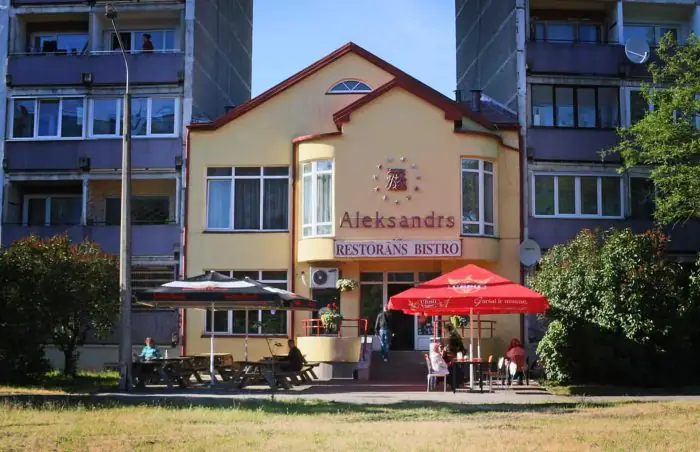
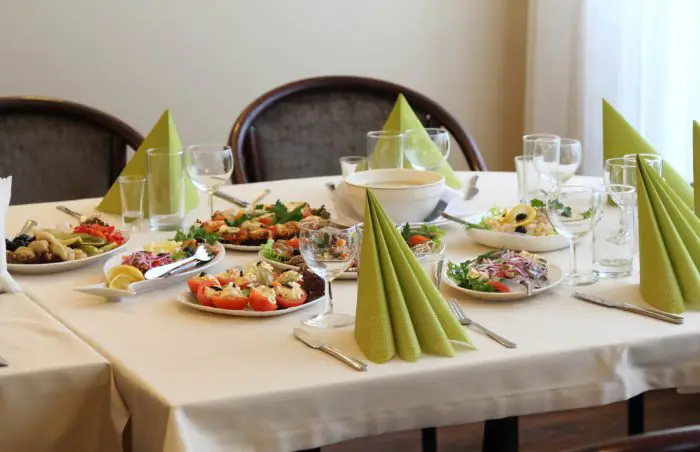
This is not the only example of filling in the “voids” between council houses. Some of these empty spaces were purposely not built on to allow the neighborhood to develop in the future. Who knew that in a couple of decades such a marvelous “fungus” would grow on the monotonous reinforced concrete “boxes”.
The rating of the restaurant is so poor, and the prices, as many visitors note, do not correspond to the quality of food. But what a marvelous architecture it has!
A new lecture hall has recently opened in Purvciems, which was organized by the owners of the “Mnogoknig” bookstore on Augusta Deglava Street 69d. It will now host various events: lectures, master classes and workshops in the fields of literature, art, architecture, science, entrepreneurship, technology and personal development.
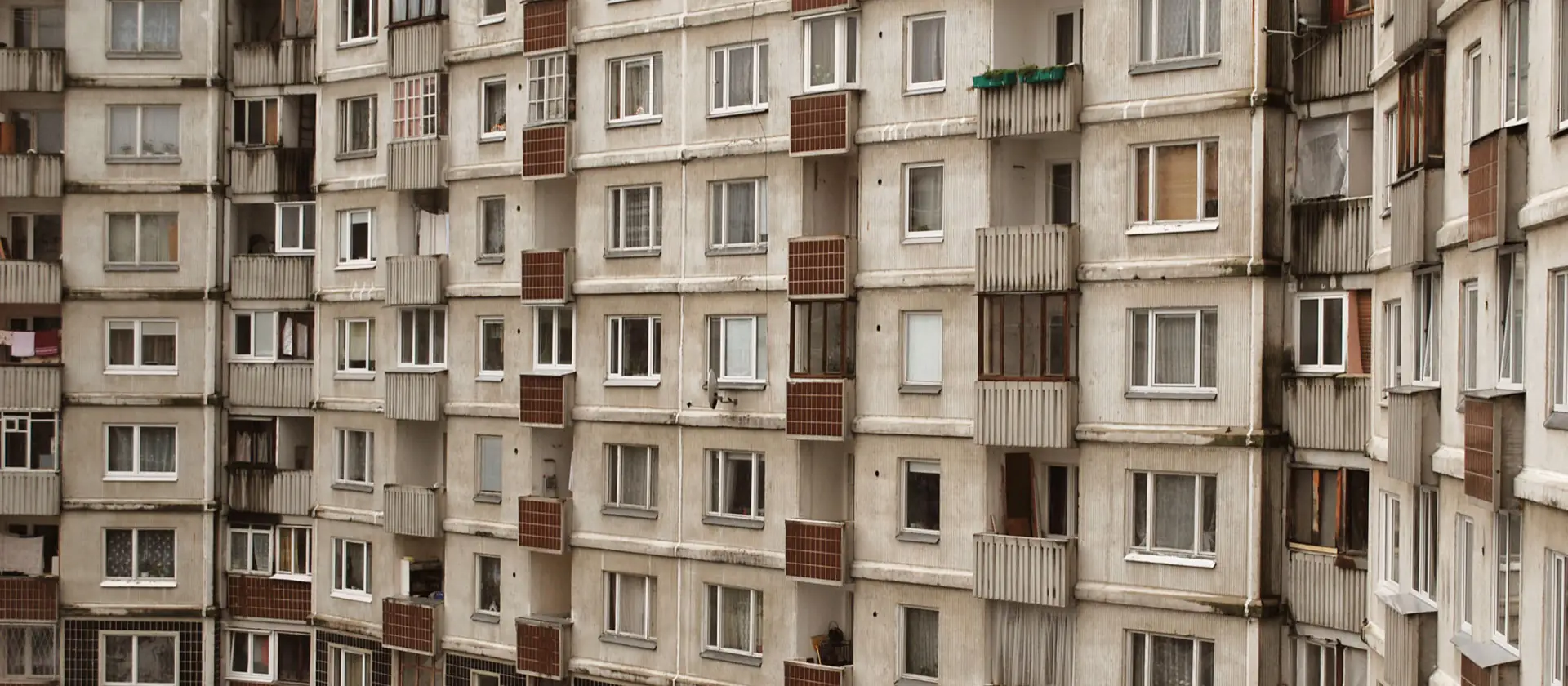
Pļavnieki
The residential development of Purvciems smoothly passes into the Pļavnieki district. Its detailed architectural plan was developed in 1976–1978, and active construction began in the 1980s. Apartment buildings of 9–18-storeys are predominant here—a significant average for Riga’s neighborhood. Earlier there were agricultural lands on this place, in honor of which the name Pļavnieki (pļavas translates from Latvian as “meadows”) appeared. Nowadays about 48000 people live in the district.
Soviet-period buildings
One of the most interesting buildings of the Plavnieki district can still be considered the “Tālava” shopping center, built in 1990. Its forms follow the architectural trends of the late Soviet period: broken structures, ascetic curves, the contrast of red brick with other materials, and a light decorativeness with a touch of brutality.
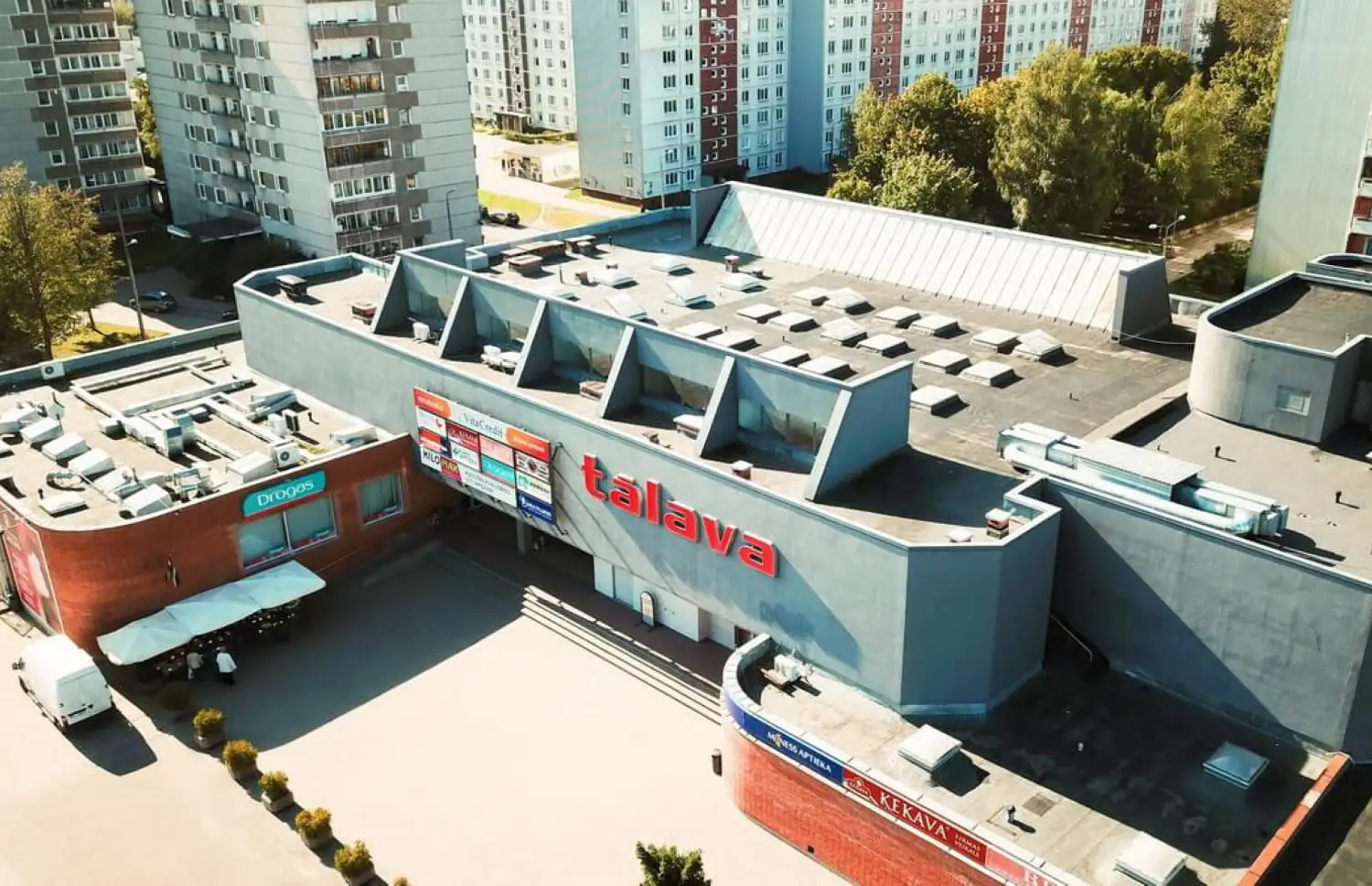
A characteristic architectural feature of the Plavņieki district is the covered galleries with stores adjoining the first floors of multi-storey buildings. They are decorated with dozens of arches and decorative round holes in the brick walls. They do not fulfill any important function, but are needed just as decoration. This is where the timid Soviet postmodernism manifests itself. One of the largest such constructions is located on Jasmuižas Street 9a.
And next to it you can see a common building in this Riga neighborhood “on legs”—a house built according to a typical Soviet design with the first floor missing. The multi-storey building stands on pillars and you can walk under it into the neighborhood.
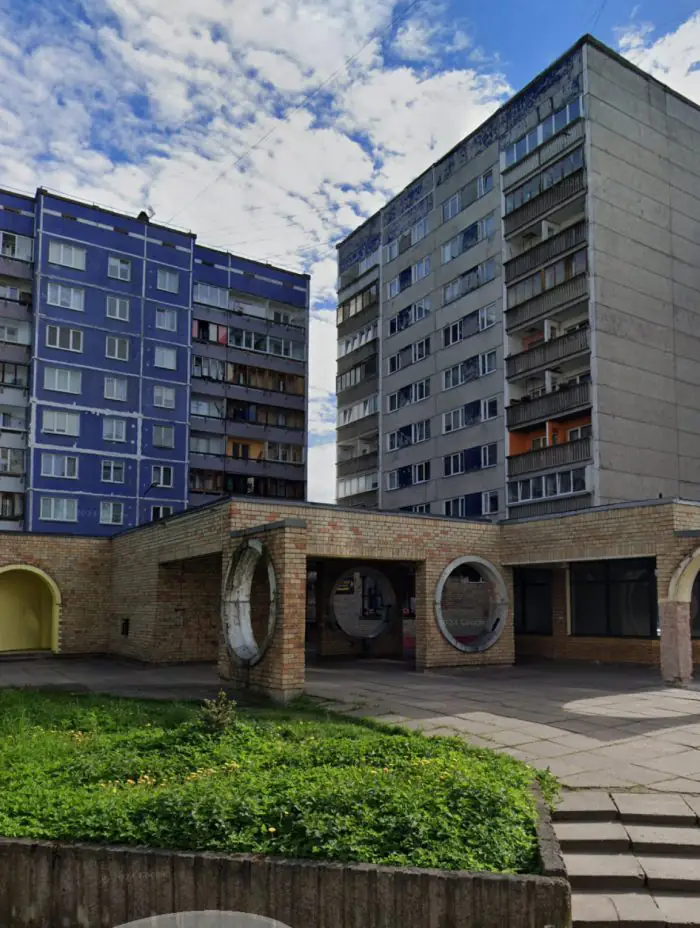
Modern architecture
The architectural emancipation that began in the late Soviet years, accompanied by a growing tolerance of decorativism and eclecticism, continued in the post-Soviet period. In the 1990s, designers increasingly experimented with the form and decoration of buildings. Their designs are becoming more dynamic, there is a sense of playfulness in them. A representative example of the transition of architecture from strict Soviet modernism to more daring experiments was the artistic creativity center (formerly a gymnasium) at Andreja Saharova Street 35, which was completed in 1997.
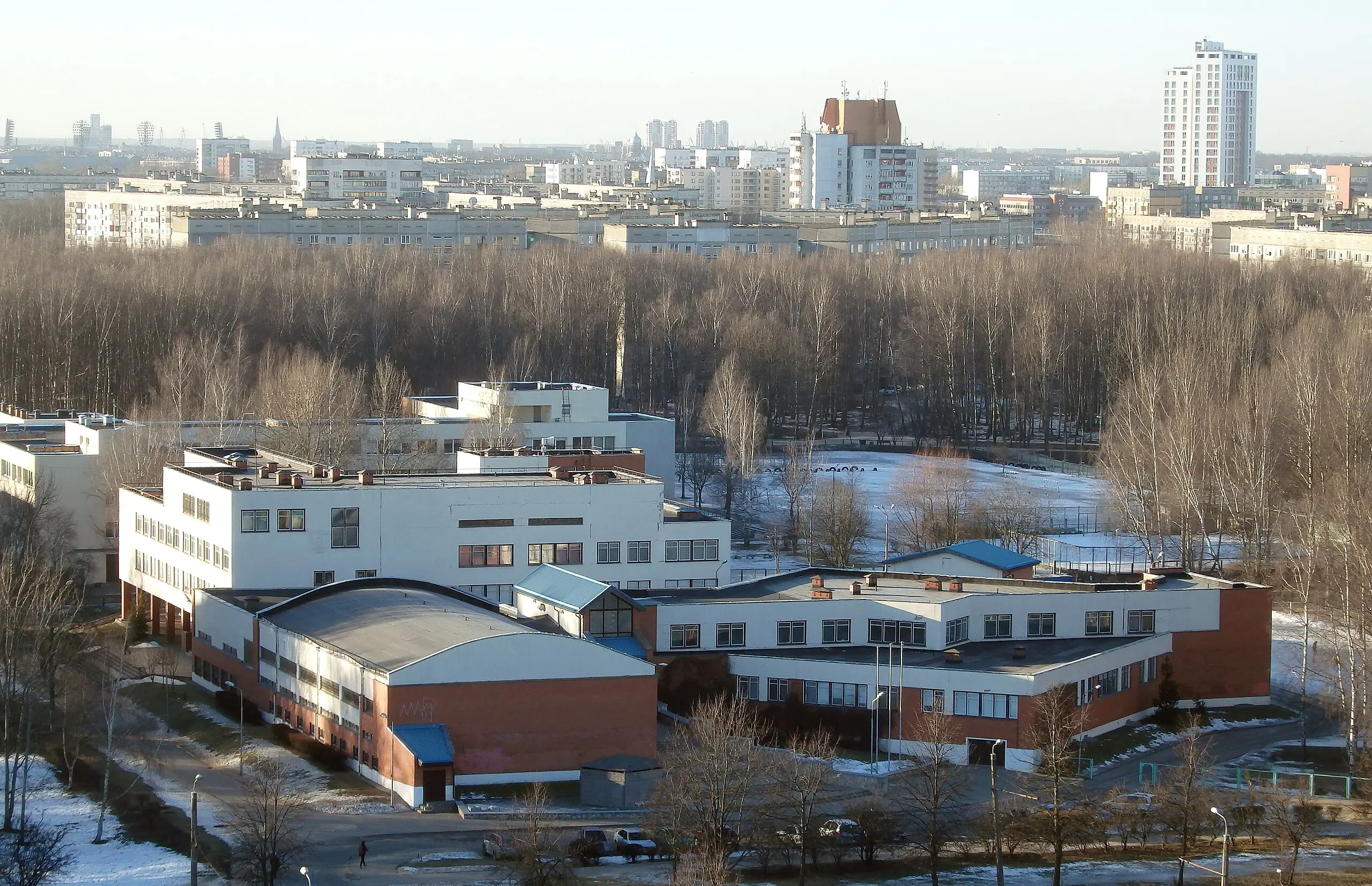
Where to eat
We recommend going to “Draugu Sēta” cafe on Jasmuižas Street 2a, which is popular among locals. Its architecture is very different from most of the surrounding buildings—the cafe is made of long logs and resembles rustic houses. Here you can have a coffee and a cake as well as a full lunch.
Ķengarags
The history of Ķengarags is longer and more eventful than the previous two districts. This is due to its geographical location—along the Daugava River, railroad and automobile roads connecting central and eastern regions of Latvia, as well as major foreign cities (Moscow, Minsk and others) with Riga. As in the case of Purvciems and Pļavnieki, the architectural appearance of the neighborhood is formed mainly by apartment buildings, but there are also preserved buildings of the XIX—early XX century.
Ķengarags is one of the first districts of Riga, where mass Soviet construction began. Most of the buildings were designed and erected here between 1958 and 1977. Now the neighborhood is home to about 44,000 residents.
Buildings of the Soviet period
In the center of Ķengarags high-rise development is the “Dole” shopping mall, which was built in 1987 and was considered the largest department store in Soviet Latvia. During its almost forty-year history it has been reconstructed and expanded twice, but its architecture retains many elements of the authentic design.
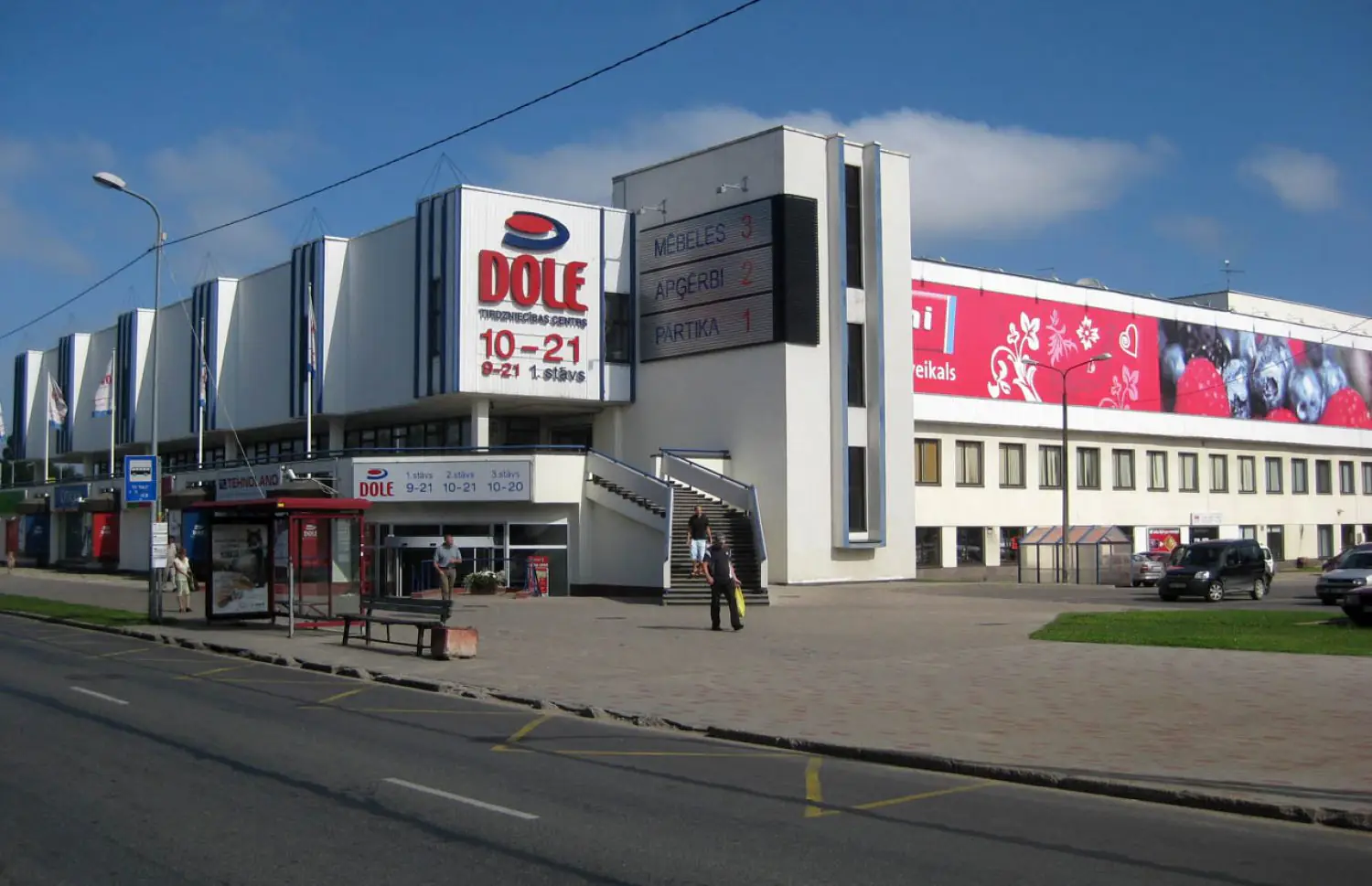
The main volume of the building stands on a one-story stylobate, which now houses various stores. On the second level there are several staircases, which are strict in their geometry. In general, the form of the shopping center is very ascetic, without signs of postmodernism—a popular architectural trend of the late 1980s. So this project can’t exactly be called cutting-edge in terms of aesthetics.
Equally simple in its geometry is the building of the former social center on Latgales Street 264, designed by architects Tamāra Krimska and G. Irbīte in 1968. It is a classic example of Soviet modernism, devoid of decorative “excesses”. The philosophy of this architecture is based on utilitarianism and functional rationalism.
Modern architecture
In Ķengarags, as well as in Purvciems, religious architecture is of great importance. The Catholic Church of St. Anthony, with its canonical basilica form and pointed tower over the central entrance, stands out from the surrounding typical buildings. It brings a touch of eclecticism and visual diversity to the austere and rather monotonous Soviet vibe of the neighborhood.
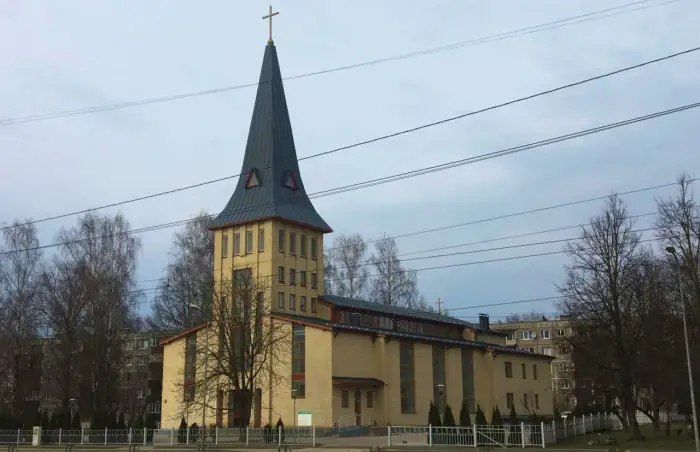
Outside the official boundaries of Ķengarags is the Dienvidu Bridge, the capital’s famous megaproject of the 2000s. Now it is impossible to imagine panoramic views of the Daugava River from the main embankment of the district without it. Its orange pylons have become a kind of symbol of city scandals, connected with large expenditure of material resources and delayed construction terms. At one time this bridge was even dubbed the most expensive in the world, although it turned out not to be so.
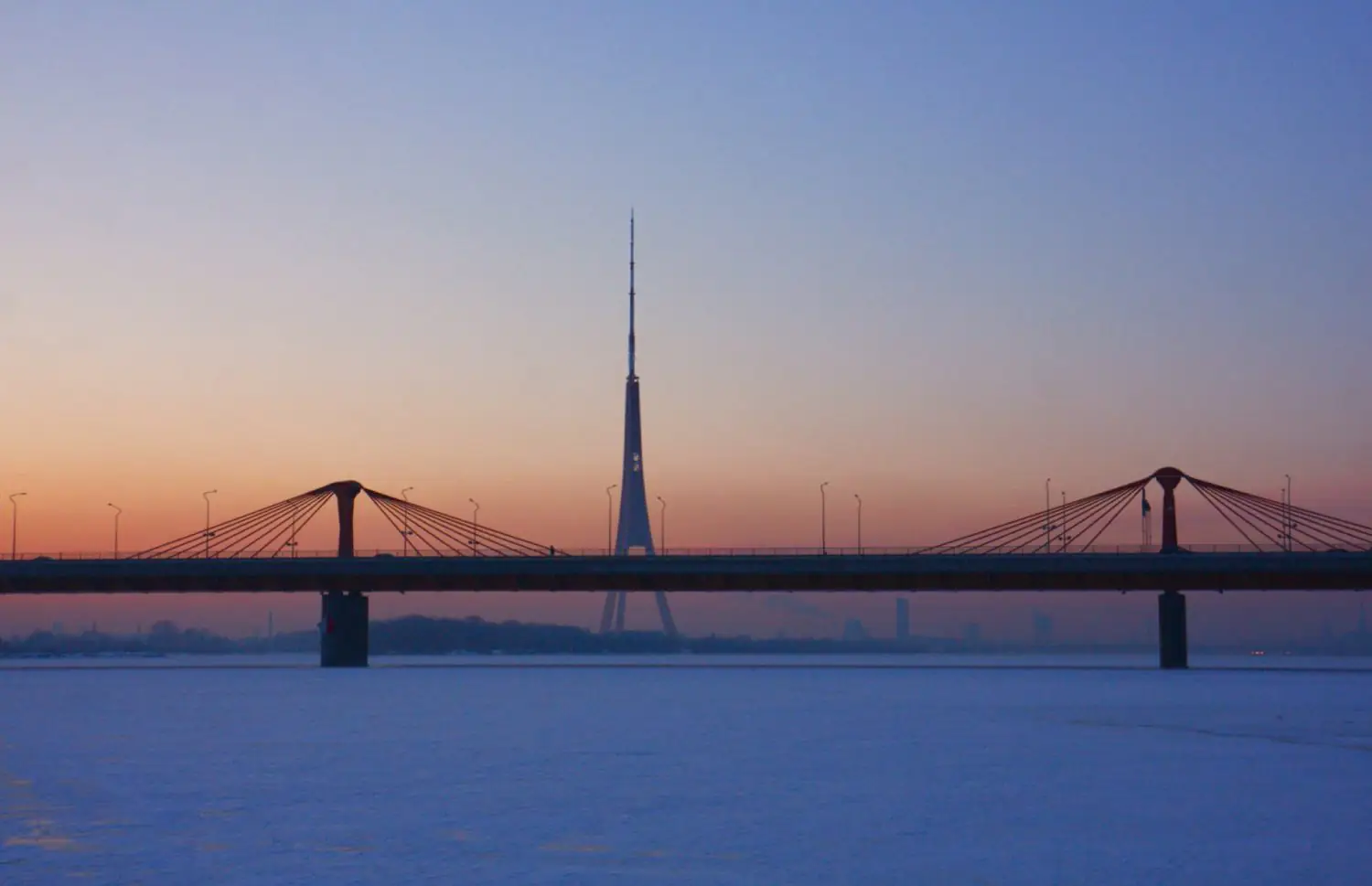
Buildings built before 1940
When you enter Ķengarags from the west, the first thing you see is a huge highway interchange. And right behind it is a red-brick school designed by the famous Latvian architect Reinholds Georgs Šmēlings. A dozen and a half similar schools were built in Riga between 1908 and 1914. All of them differ slightly in their architecture, but are united by a common neo-Gothic style.
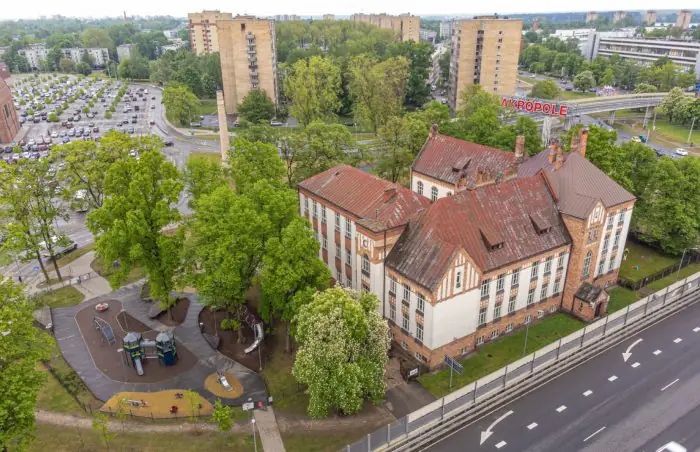
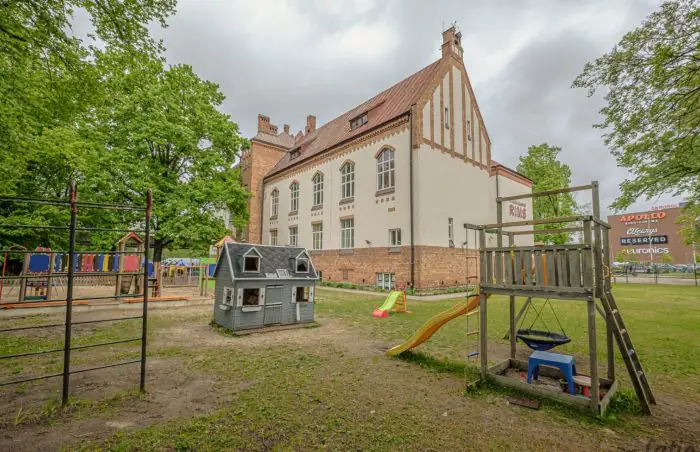
The Matvei Kuznetsov porcelain, faience and majolica factory, a large Russian porcelain, faience and majolica factory, had been operating in Riga since the mid-19th century. Its buildings were rebuilt many times, and new workshops were added to the production area. Some of the buildings stood until the mid-2010s, when the “Akropole Riga” shopping center appeared in their place. In memory of the factory, the old brick chimneys have been preserved, which can be seen next to the complex.
Where to exercise
After a long walk through the city’s bustling and crowded neighborhoods, you’re not likely to want to do anything physically demanding. But perhaps the architecture of the “Tornado” sports center will inspire you to take a short workout or play a game of tennis. The round windows, typical of Riga’s late-Soviet architecture, catch your eye. Plus, this sports club has quite an impressive history—it has been operating since 1992. The building itself was constructed in 1989.

